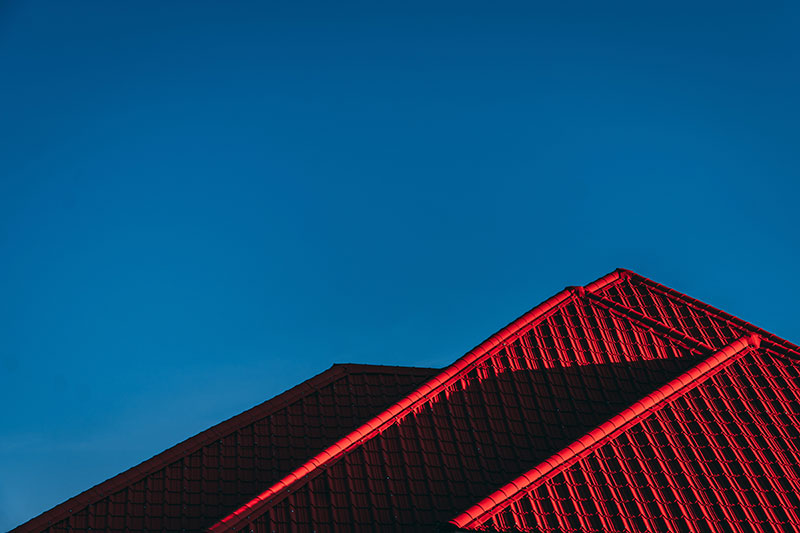Advertisement
A leaking roof can be an extremely problematic matter to live with as it holds multiple risks from health hazards, decay, and rot, damage to possessions, production of allergens, and a generally toxic environment in the house. Here are a few maintenance tips to follow to prevent a leaking roof in your home since roofs that are taken care of can easily last upwards of two decades.
- Keep Watch
A huge part of effective maintenance is to keep track of the state of your roof. Schedule inspections at least twice a year and use a strong torch to see whether any shingles are coming loose or not or whether there has been damage due to external elements. A professional evaluation will cost you but it is a worthwhile investment in the longevity of your roofing materials. In some cases, a small amount of damage can be detected and if treated in a timely fashion, can prevent the spread of water damage into the walls of the house.
Seasonal inspection means that the roof is checked before the harshness of the winter strikes or before the warm, sweltering weather of summer hits. Seasonal examinations of the roof mean that existing damage stands a lesser chance of increasing in harsher or warm weather. Make a point of keeping this schedule every year.
- Don’t Apply Weight
Many people mistake roofs to have the same structural stability and weight-tolerating power as the floor. Roofs can be fragile if considerable weight is applied like people regularly climbing up on top and walking on the roof or very bulky satellite cables. The weight may not be enough to create a hole but it can crack roofing shingles, especially those made from clay, terracotta, asphalt, or shale, and then the damage can grow over time. Pay attention to what you are placing on the roof and if you live in a snowy area, know that accumulation of snow can also be weighty.
- Ventilation Makes A Difference
Ventilate your roof even in the winter season so keep those shafts and vents open so that there is some circulation. This can prevent rot and dampness from setting in and also allow sunlight to dry away some of the moisture. Do a yearly check of whether the insulating sheet beneath the roofing material is intact since in some cases of damaged shingles, the insulation can get affected which is likely to result in warm air or air-conditioned air escaping the house and causing a spike in the energy bills.
- Regular Landscaping
Fallen, decomposing foliage is detrimental to the long-term health of your roof. Take care to regularly trim back trees and schedule professional roof cleanings that can remove organic decomposition from the roof at least every 4 months. It is not uncommon for all manner of leaves, twigs, dirt, and on rare occasions even dead animals to be found on the roof and they can become biohazards and give off odor. Professional roof cleaners do cost quite a bit more than simply taking the hose to the roof yourself but they have specialized tools to reach nooks and crannies and to do a thorough clean without uprooting any roofing material by accident. They are also far less likely to fall off the roof during the job!
- Downspouts Need Maintenance
In many instances leaking roofs happen because of poor or blocked drainage on the roof which leads to water building up and then finally leaking into the house. Inspecting downspouts, drains, and pipes that lead away from the roof is of utmost importance regardless of season as foliage and other organic matter can get trapped in there causing bacteria. Cleaning out your gutters to prevent odor and bacteria is similarly important. Always seek help from a commercial roof leak repair professional if you think your roof is impaired and contributing to leakage.
- Beware Of Ice Dams
If the weather fluctuates then ice might freeze and unfreeze causing ice dams to be created on the roof. If this becomes a regular occurrence it can block drainage and cause a leaky roof. You will need a hammer or a screwdriver to free the ice and make sure drainage continues as normal. If you live in an older house, these issues do become more common and if they continue, entire roof replacements may be needed to mitigate the damage. In general, the roofing material used needs to be compatible with the weather and even in that case, most roofing materials can begin to get damaged within a decade or 15 years.

